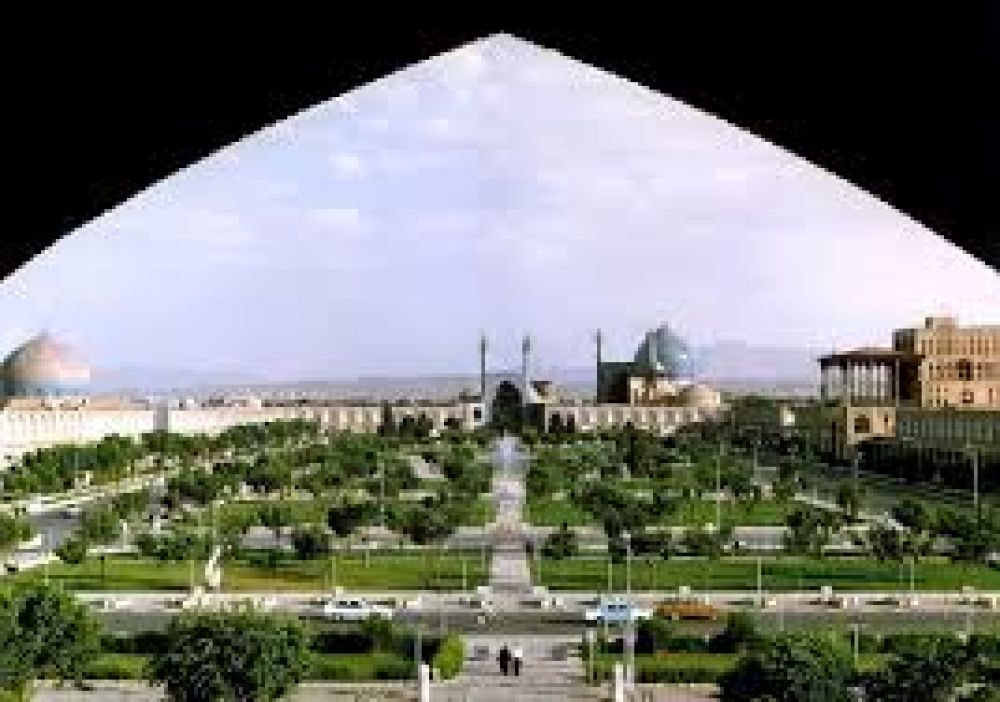Naqshe Jahan Square, also known as Imam Square, located at the heart of Isfahan, Iran, is one of the largest city squares in the world and an outstanding example of Iranian and Islamic architecture. Covering an area of approximately 160,000 square meters, this square is surrounded by significant historical buildings from the Safavid era. These include the Ali Qapu Palace, the Sheikh Lotfollah Mosque, the Imam Mosque, and the entrance to the Isfahan Grand Bazaar. The square's construction started in 1598 under the reign of Shah Abbas the Great and was intended to be the centerpiece of the capital of the Safavid Empire. It is an important historical site and has been designated as a UNESCO World Heritage Site. The architecture around the square features exquisite tile work, calligraphy, and design, reflecting the peak of cultural achievement in Persia during that period. Nowadays, Naqshe Jahan Square is not only a monument to the city's glorious past but is also a bustling traffic hub, renowned for its local market, where artisans sell traditional crafts like Persian carpets, metal works, and ceramics.

